At the meeting, explaining some contents of the draft law, Chairman of the National Assembly's Defense and Security Committee Le Tan Toi said that the draft Law on Civil Defense was reviewed and discussed at the fourth session at the end of 2022 and then revised and commented on at the legal thematic meeting in February 2023, then continued to be completed and submitted to the Conference of full-time National Assembly deputies in April 2023.
The draft law after being received, revised and completed has 7 chapters with 57 articles.
Framework regulations to ensure synchronous and effective implementation of civil defense activities
According to the Chairman of the National Assembly's Committee on National Defense and Security, Le Tan Toi, some delegates said that the draft law has a wide scope of regulation and needs to be reviewed to avoid overlap and conflict with specialized laws and only regulate general issues of principle to ensure feasibility; it is proposed to build this law according to the guidance of regulations of other laws to avoid duplication or conflict; supplement missing regulations in other laws.
Explaining this issue, Chairman Le Tan Toi said: The scope of regulation of the draft Law on Civil Defense is related to activities, policies, measures... to prevent, combat, and overcome the consequences of disasters, incidents, natural disasters, and epidemics as stipulated in many related specialized laws, so the draft law needs to determine the scope of regulation on the basis of stipulating principles, identifying the most general, comprehensive, and stable issues to synchronously and effectively implement civil defense activities.
Based on the opinions of the delegates, the Standing Committee of the National Assembly has adjusted the scope of regulation; at the same time, reviewed and clarified other contents related to civil defense activities such as: Civil defense levels (Article 7); Building a national civil defense strategy (Article 11); Building a civil defense plan (Article 12); Response measures at each civil defense level, civil defense activities in emergency situations, war situations (Articles 23, 24, 25, 26, 27); Measures to overcome the consequences of incidents and disasters in civil defense (Article 28).
To create a basis for implementing civil defense measures appropriate to each level, the draft law stipulates: Civil defense levels; basis for determining civil defense levels; measures applied at each civil defense level and applicable authority of government levels...
Determining 3 levels of civil defense to respond to and overcome incidents and disasters
Notably, during the discussion, some delegates said that the draft law stipulates 3 levels of civil defense; however, there are 5 levels of natural disaster risk, so it is recommended to study and consider the classification of civil defense levels and natural disaster risk levels, ensuring consistency and conformity with other laws.
Clarifying the above concerns, Chairman Le Tan Toi stated: The classification of civil defense levels is to regulate the general activities of all levels of government, forces participating in civil defense and people in responding to and overcoming incidents and disasters.
Currently, the regulations on levels for different types of incidents are stipulated differently in relevant specialized laws, associated with the characteristics and specificities of each type of incident. The Law on Natural Disaster Prevention and Control stipulates the risk level of each type of natural disaster into 5 levels and is associated with a characteristic color; the Law on Environmental Protection divides incidents according to administrative levels (incidents at grassroots, district, provincial and national levels); the Law on Prevention and Control of Infectious Diseases divides them into groups of infectious diseases (Group A, Group B and Group C); the Law on Atomic Energy divides them into 5 groups of situations to serve as the basis for developing response plans...
"Therefore, the draft Law on Civil Defense only stipulates the most general levels, depending on the type of incident or disaster of specialized laws to apply appropriate response measures," said Chairman Le Tan Toi.
Accordingly, based on information on natural disaster risks, infectious disease groups, or other risks announced by specialized agencies, authorities at all levels shall assess and compare with the response and recovery capabilities of the local authorities and civil defense forces to determine and promulgate the civil defense level in the management area; thereby applying appropriate response and recovery measures.
Thus, the local government's announcement of civil defense levels in the management area does not overlap with current regulations on announcing risks of natural disasters, dangerous epidemics or other risks.
Investment and purchase of civil defense equipment must be made before an incident or disaster occurs.
In addition, during the discussion, some delegates also suggested that it is necessary to specify the investment and purchase of civil defense equipment at each level; to regulate the purchase in urgent cases to ensure both the provisions of the law and the requirements of reality; to consider this regulation because it leads to overlap between ministries and branches when issuing regulations related to civil defense equipment.
Chairman Le Tan Toi stated: Investment and procurement of civil defense equipment must be done before an incident or disaster occurs, ensuring the principle of early and remote prevention. Therefore, it is impossible to wait until an incident or disaster of any level is announced to purchase and equip.
In urgent cases, it is necessary to supplement or purchase new civil defense equipment, which can be carried out according to the bidding procedure (as stipulated in the draft Law on Bidding).
Accordingly, Clause 2, Article 14 on civil defense equipment stipulates that the Ministry of National Defense shall preside over and coordinate with ministries, branches and localities to submit to the Prime Minister a list of civil defense equipment; and provide guidance on the production, storage and use of civil defense equipment.
At the same time, investment and procurement of civil defense equipment must be carried out in accordance with civil defense plans at all levels. Therefore, overlapping regulations between ministries and branches in the procurement and storage of civil defense equipment will be limited.
GRASSLAND
Source



![[Photo] Prime Minister Pham Minh Chinh receives Swedish Minister of International Development Cooperation and Foreign Trade](https://vphoto.vietnam.vn/thumb/1200x675/vietnam/resource/IMAGE/2025/5/12/ae50d0bb57584fd1bbe1cd77d9ad6d97)
![[Photo] Prime Minister Pham Minh Chinh starts construction of vital highway through Thai Binh and Nam Dinh](https://vphoto.vietnam.vn/thumb/1200x675/vietnam/resource/IMAGE/2025/5/12/52d98584ccea4c8dbf7c7f7484433af5)


![[Photo] Prime Minister Pham Minh Chinh works with the Standing Committee of Thai Binh Provincial Party Committee](https://vphoto.vietnam.vn/thumb/1200x675/vietnam/resource/IMAGE/2025/5/12/f514ab990c544e05a446f77bba59c7d1)
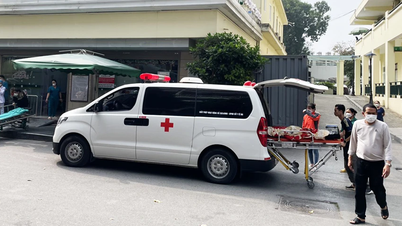

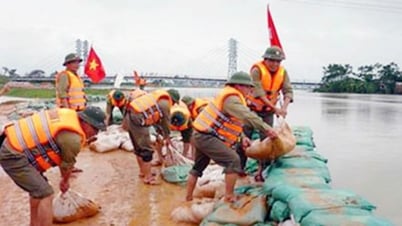


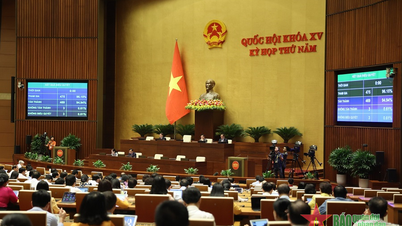


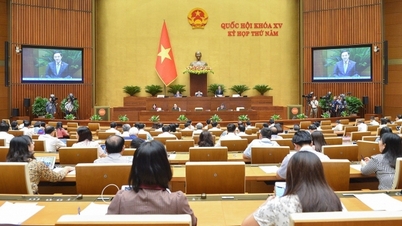











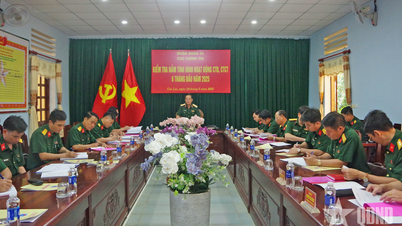
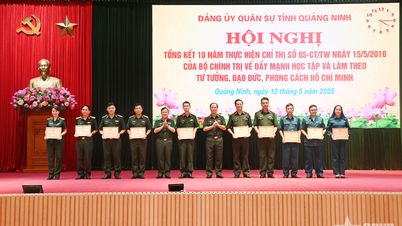
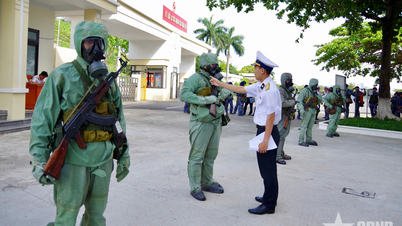
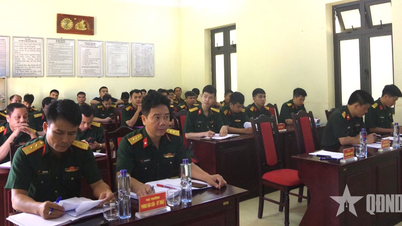
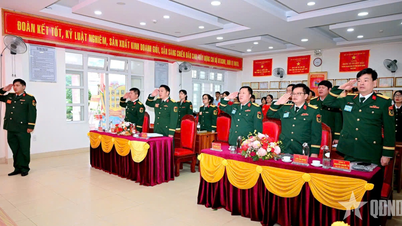
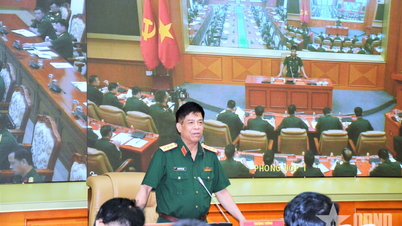

















































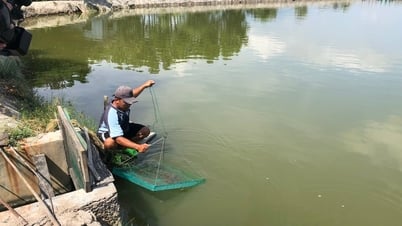
















Comment (0)